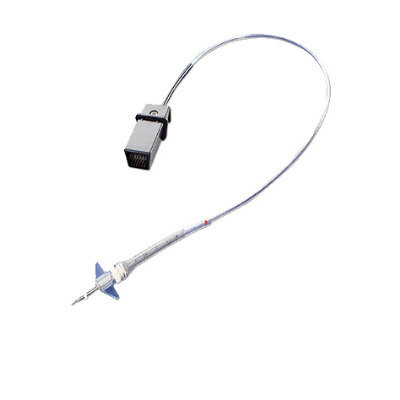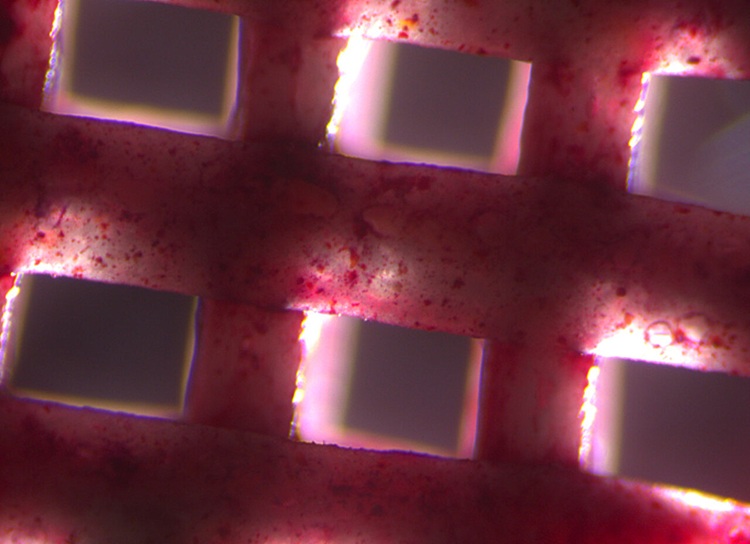Soft Supercapacitor Could Power Implantable Devices
Posted on 28 Nov 2023
The field of bioelectronic devices is rapidly advancing, offering new possibilities for health monitoring and the treatment of diseases. A critical aspect of these devices is their power source. Now, researchers have made a significant breakthrough by developing a novel way to power implantable devices using a supercapacitor. This technology differs from traditional batteries, which store chemical energy. Supercapacitors, on the other hand, store electrical energy directly, offering advantages in terms of flexibility and weight.
The soft, implantable supercapacitor that can power implantable devices was developed by a team of bioengineers from China in collaboration with researchers at Pennsylvania State University (University Park, PA, USA). In order to be used for powering implantable devices, a supercapacitor must be biodegradable as well as harmless to the patient as it degrades. The newly developed soft, implantable supercapacitor is unique because every component is biodegradable and safe for the patient as it breaks down. The design includes a zinc foil as the anode, molybdenum sulfide as the cathode, and an alginate gel serving as the electrolyte. For wireless charging, a magnesium coil is placed on the skin above where the supercapacitor is implanted in the body.

Prior to its application, the supercapacitor underwent rigorous testing to ensure its degradation remained within safe health limits. It was then paired with a previously developed implantable medication dispenser, also biodegradable, for a practical test. The combined device was implanted in mice with fever induced by yeast infections. The medication was dispensed by the device, leading to a noticeable reduction in the severity of the fevers in the mice treated. While these initial results are promising, the researchers recognize that further work is needed before this technology is ready for human use. For instance, they have yet to develop a mechanism to deactivate the supercapacitor after its intended use. This highlights the ongoing journey in bioelectronics towards creating efficient, safe, and patient-friendly implantable devices.
Related Links:
Pennsylvania State University














